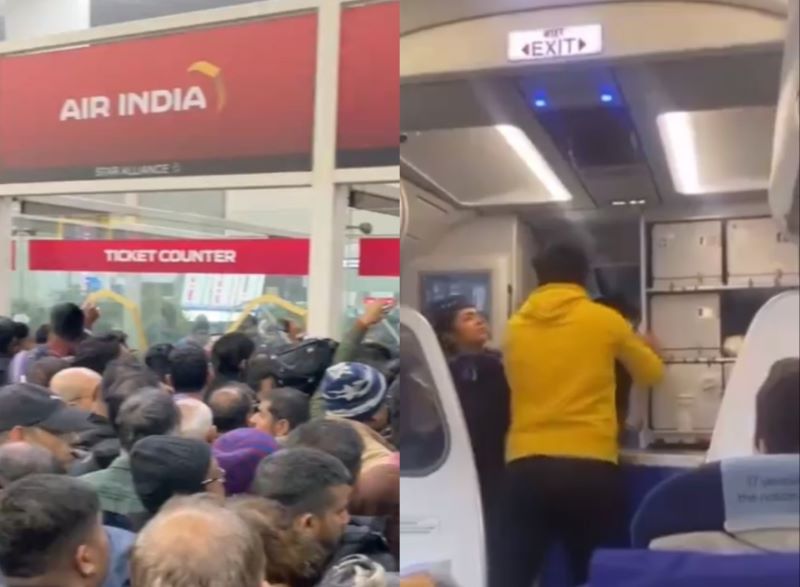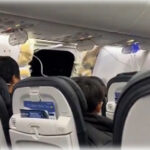
(IBNS): The regulator Directorate General of Civil Aviation (DGCA) Monday issued a new guideline to handle chaotic situations over delays in flights as was witnessed due to fog in Delhi airport.
In the standard operating procedure (SOP) for “facilities to be provided to passengers by airlines due to denied boarding, cancellation of flights and delays in flights,” the DGCA said that airlines may cancel flights that are likely to be delayed or “consequentially delayed” beyond three hours.
The DGCA said all airlines must follow the SOP immediately.
However, in the case of extraordinary circumstances beyond the control of airlines, the provisions of these rules are not applicable, the DGCA said.
[ALSO READ: Emirates set to introduce new vegan dishes on flights, lounges]
Airlines shall be required to publish accurate real-time information regarding delays of their flights, on the respective website of the airline; through advance information to affected passengers by SMS/WhatsApp and email; display updated information regarding flight delays to passengers waiting at airports, and appropriate sensitisation of the airline staff at airports to suitably communicate with and continuously guide and inform passengers about flight delays.
This comes after a chaotic situation broke out at the Delhi Airport on Monday after hundreds of passengers of delayed flights demanded answers from the airlines.
The stressful day also saw the passenger of an IndiGo flight attacking a pilot inside the plane while it was on the tarmac.
Air India in a statement on Monday said it regrets the disruption to operations arising from the last few days’ dense fog in north India, including at “our main Delhi hub, which resulted in some diversions and desynchronisation of aircraft and crew rotations.”
Civil Aviation Minister Jyotiraditya Scindia has said they have taken steps to avoid similar circumstances in the future.
“Yesterday, Delhi witnessed unprecedented fog wherein visibility fluctuated for several hours, and at times, dropped to zero between 5 am and 9 am,” Scindia posted on X.
“The authorities, therefore, were compelled to enforce a shut-down of operations for some time even on CAT III runways (CAT III runways cannot handle zero-visibility operations). The decision was taken keeping passenger safety in mind, which remains the foremost priority for all in the aviation ecosystem,” he added.




